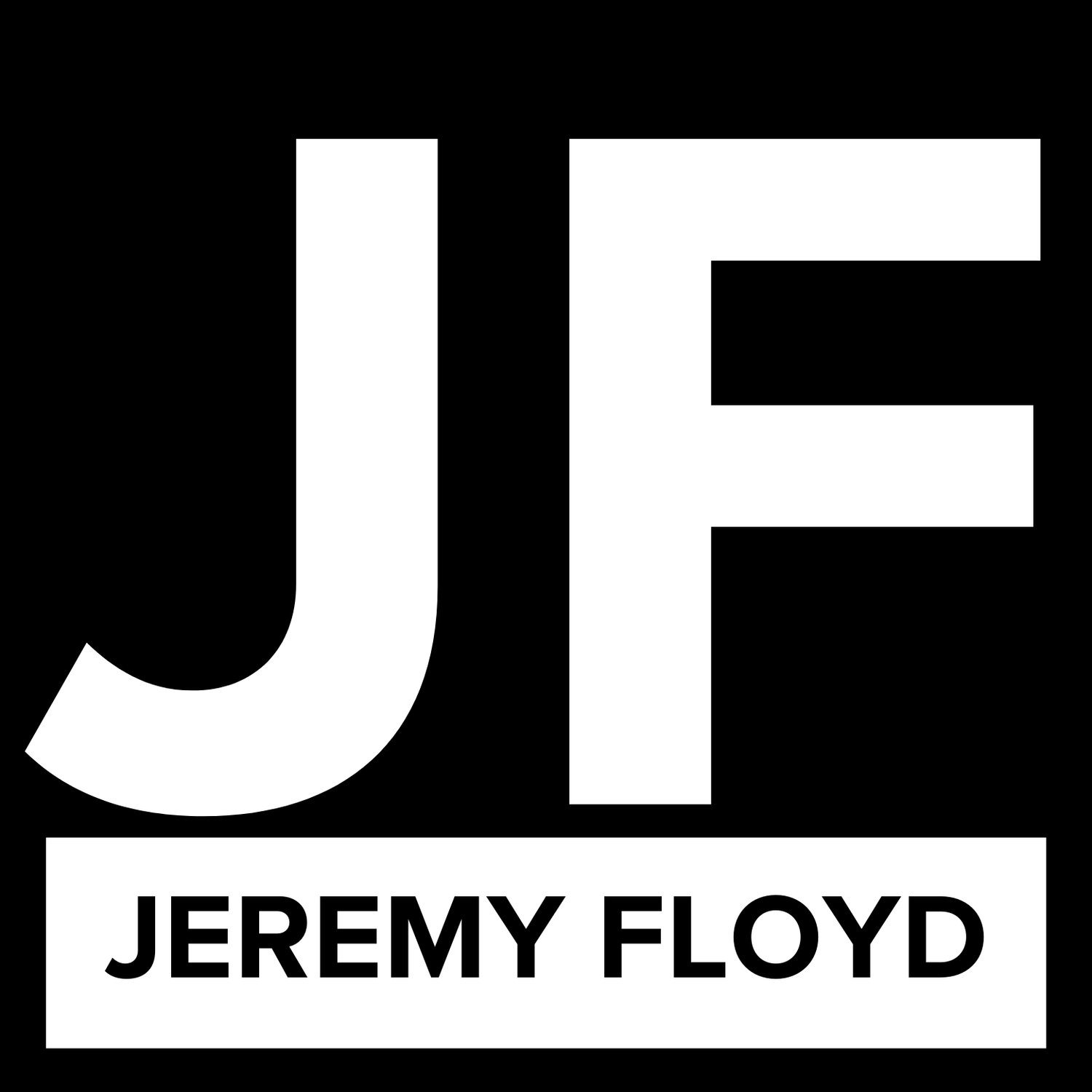Building a Better Board: How a Simple Process Can Transform Board Leadership
Nonprofit boards play a critical role in guiding an organization’s mission and supporting the executive director. They’re often referred to as the organization’s “strategic brain trust,” helping make decisions that shape the future.
But let’s be honest—board decision-making isn’t always as strong as it could be. Why? It’s often because boards lack a clear process for filtering information and making decisions.
As a former executive director, I’ve been there. I believed the best way to support my board was to provide them with loads of information about an issue and share my thinking. I thought that giving them everything would lead to great decisions.
What I realize now is that information alone isn’t enough. Without a framework to guide how they process that information, even the most well-intentioned boards can struggle to make effective decisions.
That’s where a simple decision-making framework can make all the difference.
One approach I’ve found incredibly helpful is the WRAP process from Decisive by Chip and Dan Heath. It provides a checklist that helps boards focus their discussions, evaluate options, and make more confident, strategic decisions.
The WRAP Process for Boards:
Here’s how nonprofit boards can apply the WRAP process to strengthen their role as a strategic brain trust:
1. Widen Your Options
Boards often default to “yes or no” decisions, which limit their ability to explore creative solutions. Instead, they should focus on expanding their thinking by asking these questions:
What other options could we consider that we haven’t thought about yet?
If we couldn’t choose any of these options, what would we do instead?
Are we stuck in an “either/or” decision? Could we combine options to create a better solution?
What are we assuming about our current choices, and are those assumptions valid?
Who has faced a similar challenge, and how did they approach it?
2. Reality-Test Your Assumptions
Boards sometimes focus on confirming what they already believe about an issue. To make stronger decisions, they need to challenge those beliefs and test their ideas. Here are some questions to guide that process:
What evidence would disprove this idea or plan?
What would have to be true for this decision to succeed?
Can we test this decision on a small scale before committing fully?
What risks are we not seeing, and how can we uncover them?
Who might disagree with this approach, and what could they tell us?
3. Attain Distance Before Deciding
It’s easy for emotions, like excitement or fear, to cloud judgment. Boards can step back and gain perspective by asking:
How will we feel about this decision in 10 minutes, 10 months, and 10 years?
Does this decision align with our mission, vision, and long-term goals?
Are we letting short-term emotions, like fear of loss or excitement about a quick win, influence our thinking?
What advice would we give to another nonprofit facing this same decision?
If this choice doesn’t work out, what will the impact be on the organization over time?
4. Prepare to Be Wrong
Even the best decisions come with risks. Boards should anticipate uncertainty and plan accordingly by asking:
If this decision fails, what is the most likely reason why?
What metrics or benchmarks should we set as “tripwires” to trigger a reevaluation?
What are the best-case, worst-case, and most likely scenarios for this decision?
What contingency plans can we create if things don’t go as expected?
How will we monitor this decision over time, and who will be responsible for tracking progress?
Why This Matters
Using a process like WRAP doesn’t just help boards make better decisions—it strengthens their partnership between the board and the executive director.
It gives the board a framework to filter information, focus their discussions, and make choices that align with the organization’s mission and strategy.
For executive directors, it’s a relief too. Instead of overwhelming the board with data, you can focus on providing the key insights they need to apply the framework effectively.
Boards that adopt a decision-making process like WRAP become more confident and aligned in their decisions. They create a culture of thoughtful, strategic leadership that benefits the entire organization.
What will you do?
If you’re on a nonprofit board or work closely with one, consider introducing a decision-making framework like WRAP.
Start by using it for one key decision at your next meeting. With questions like these to guide your discussions, you’ll see how much stronger and more strategic your decisions can become.
Over time, this process can transform how your board operates—and how it supports your mission.
